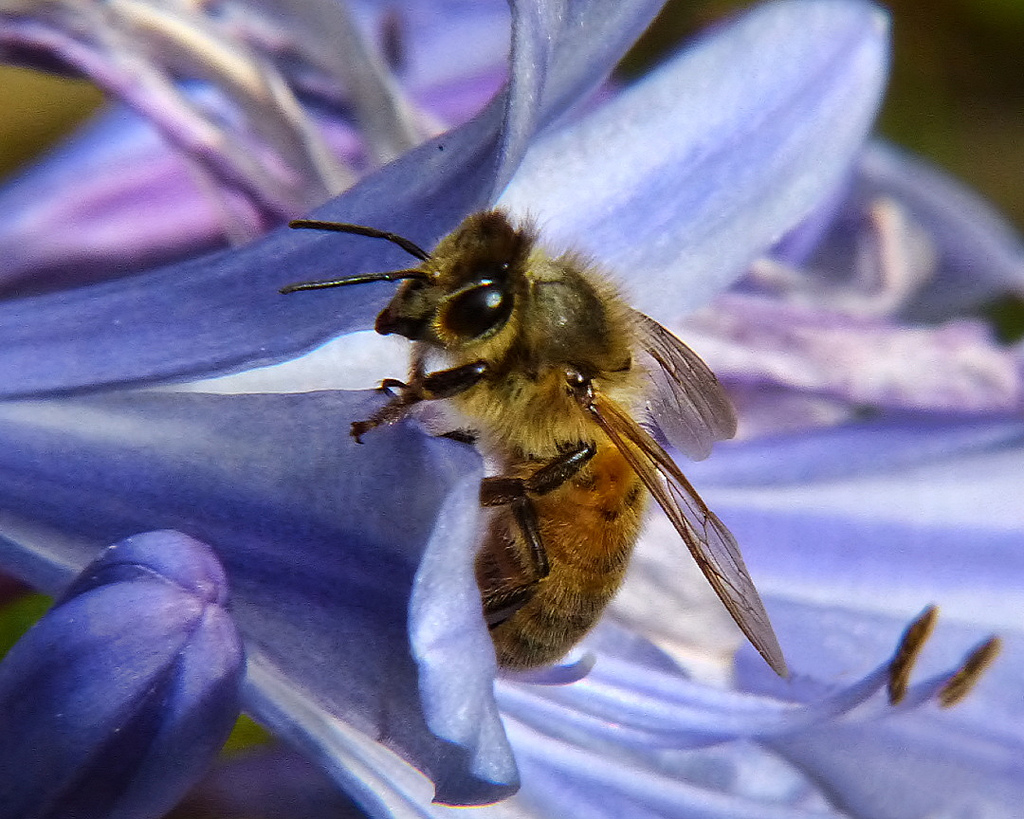Scientists from Newcastle University have discovered that bees have something similar to the ‘sweet tooth’ often found in humans.
The Newcastle researchers found that bees possess sugar-sensing taste neurons. These neurons give the insects intense pleasure when they feed on nectar, encouraging them to hang around and empty the flower they have landed on of the substance.
The neurons – found in bees’ mouths – fire strong pleasure signals for up to ten seconds, far longer than taste neurons found on other insects.
Feeding on nectar is extremely important for bees. Not only does the substance help to power the insects’ flights, but they also carry nectar back to their hives to feed other bees in their colonies.
The Newcastle research recently appeared in the journal Current Biology. Geraldine Wright, an author of the study from Newcastle University’s Institute of Neuroscience, said, “We demonstrated in bees that, like in humans, the first taste of something sweet such as a lollipop is incredibly intense, but then becomes less interesting.”
“This is so our sensory neurons don’t get overloaded and burn out.”
“What we’ve found in bees is that the initial intense sweetness of sugar can last up to ten seconds – so they will stay on the same sugar source.”
“This makes sense if you think a worker bee is not just collecting for its own use, but is storing it for others in the hive. It also means the bee will find a flower and drink all the nectar before other bees can intervene and take it.”
The Newcastle researchers discovered that bees actually have two taste neurons, which interact to prolong the ‘sugar rush’ they get from nectar.
The lead author of the study, Dr Ashwin Miriyala, said, “Other insects have one type of taste neuron which is activated by sugars.”
“We have discovered, however, that bees have two different types of sugar-activated neurons.”
“The first neuron exhibits intense activity when in contact with sugar. The second neuron intermittently inhibits the activity of the first neuron for short durations of time. This inhibition allows the first neuron a sort of ‘resting period’ so it can recover and maintain its intense activity for longer periods of time.”
“Our data show that the interaction between these two sugar neurons is a result of electrical connections between them. This is the first evidence for this kind of connection in any insect taste neuron.”
The Newcastle University team would next like to carry out research to investigate how the bees’ taste neurons might be affected by pesticides.
Many bees are killed by pesticides and it is thought pesticide use may contribute to declining bee populations in many parts of the world.
(Featured image courtesy of Sid Mosdell, from Flickr Creative Commons)

















